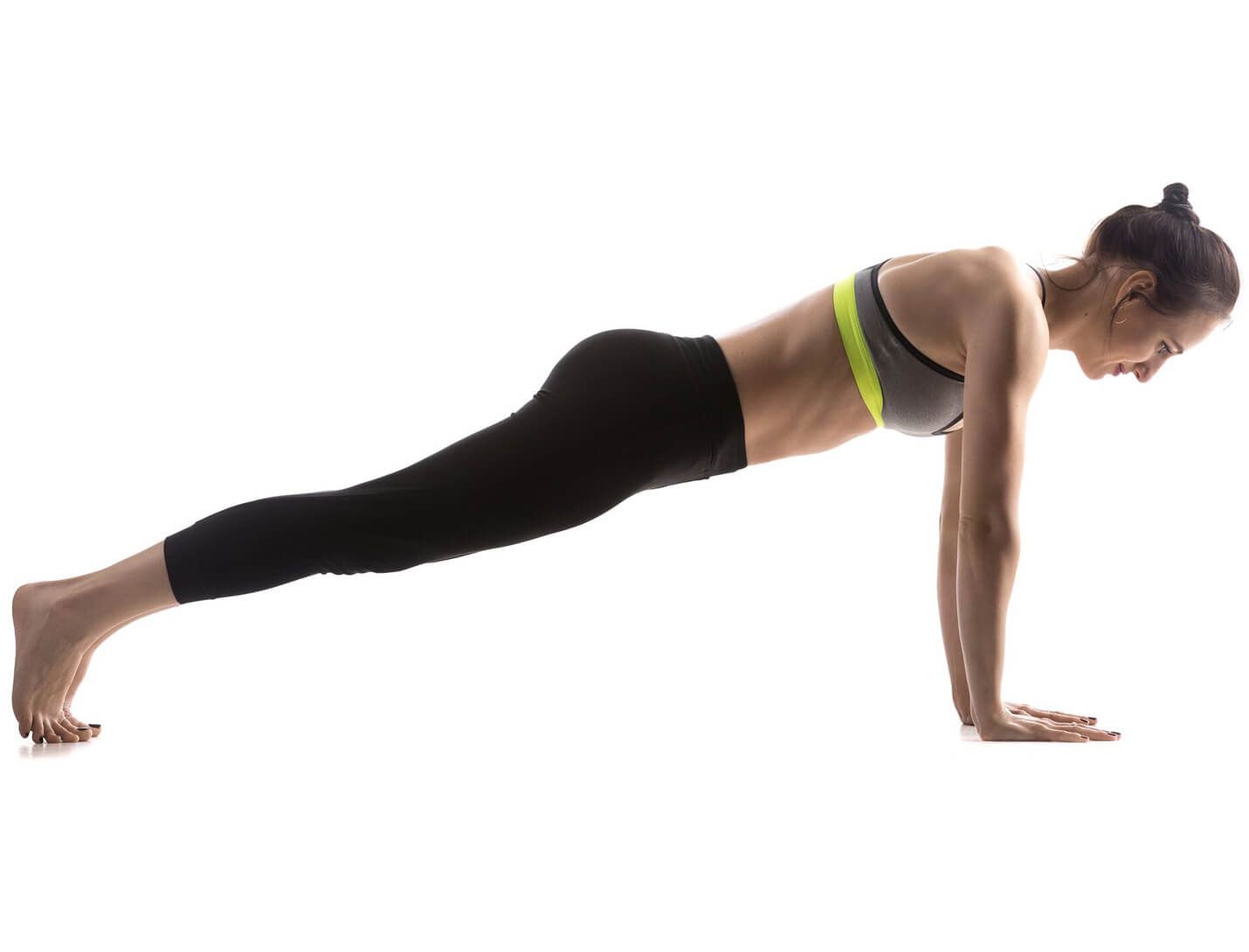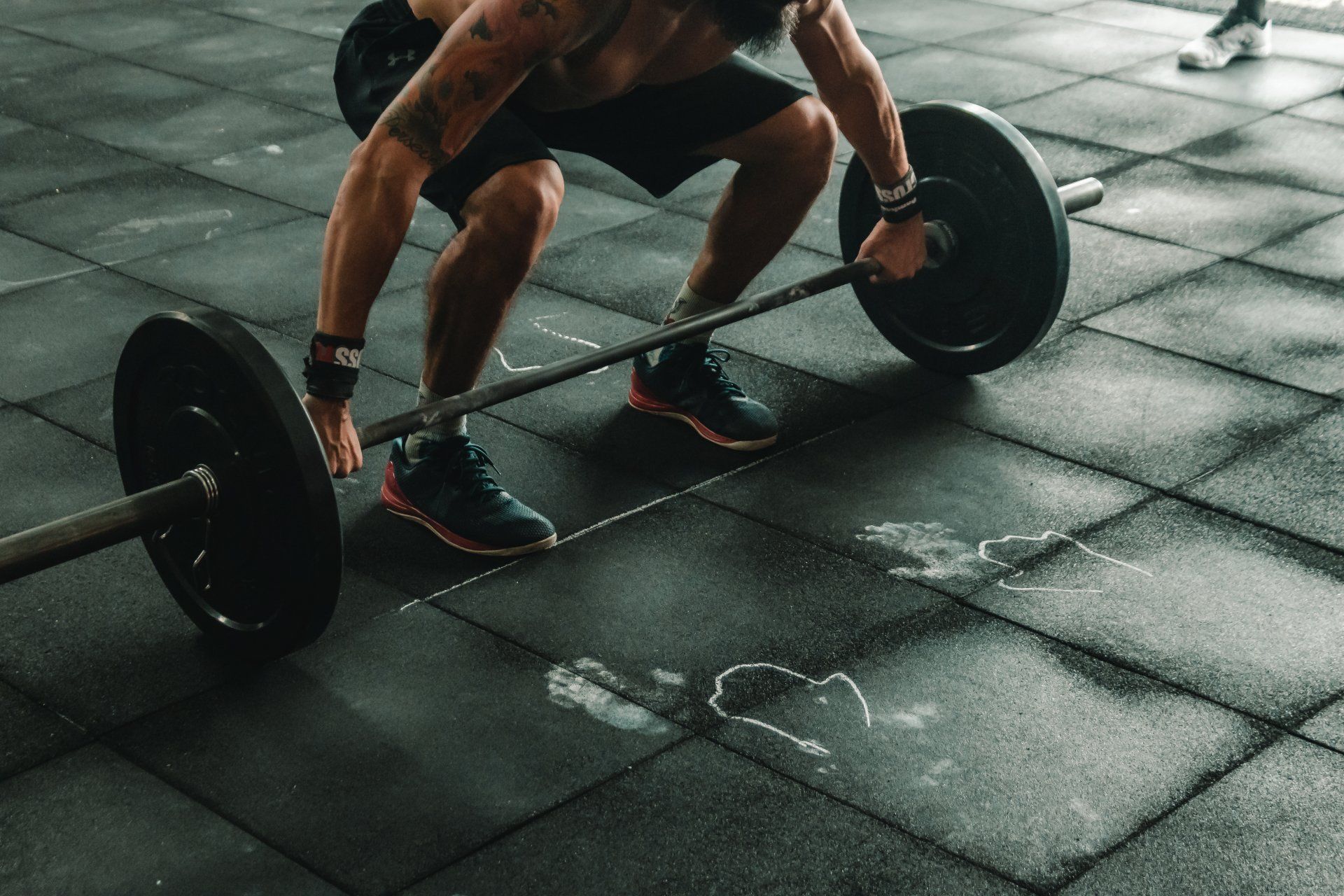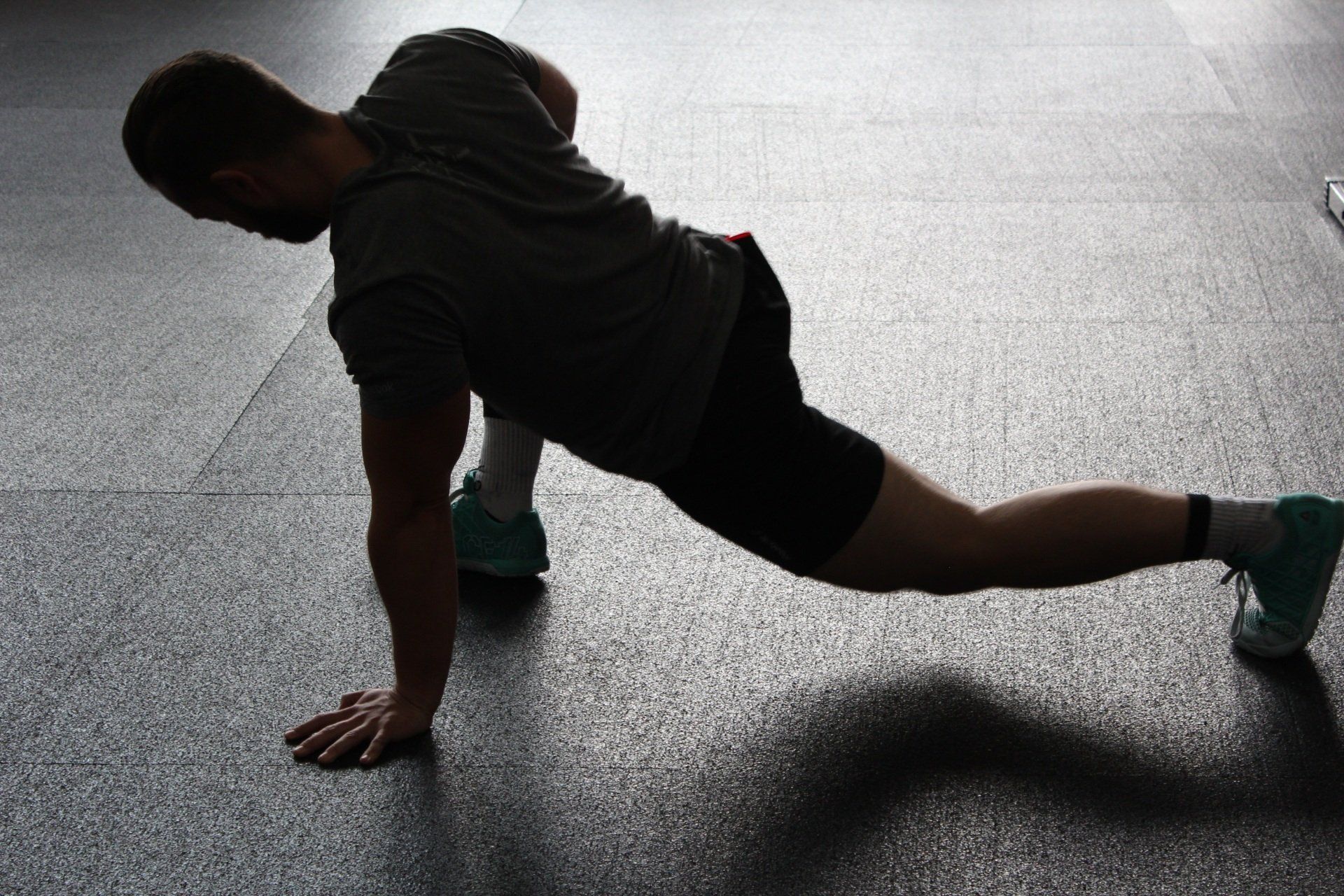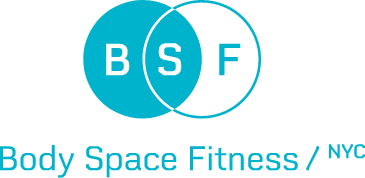BSF Union Square
47 West 14th Street, 5th Floor, New York NY 10011
BSF Upper East Side
330 E 59th St, New York, NY 10022
(646) 684-4912
Any good strength and conditioning coach can write a program for a client that will progress them toward their goals in a safe way. Such a program will address any mobility issues or inefficient movement patterns that the client has in order to avoid injury and establish a solid foundation of strength and power. While the idea is that a well-written program will prevent injury, no coach or program will ever prevent injuries altogether.
When injuries do inevitably happen, a good coach will know that in most cases, the key to rehab is not to lay off the particular body part, or “let it rest.” The coach knows this because resting the injured body part does nothing to strengthen it; in fact, avoiding certain activities and movements often results in altered movement mechanics and increased stress to other areas of the body that compensate for the injured area(s). While it seems antithetical at first, injury rehab as well as injury-prevention programs must incorporate the very exercises that cause the injury in the first place: hence, the cause is the cure.
To further illustrate this point, let’s use the vaccine as a metaphor. Vaccines are tremendously useful in the prevention of disease. In simple terms, a vaccination involves injecting a small amount of a disease-causing virus into a host in order to spur such host’s immune system to create antibodies to fight off the disease should actual infection occur. The cause of the disease (the virus) is also the cure (the vaccine), albeit in small doses. As strength and conditioning coaches, the “disease” that we are trying to prevent is injury. The “cause” of the “disease” is generally a combination of the following: muscle imbalances and inefficient movement mechanics; poor balance and/or flexibility; and lack of strength/stability. How will the strength and conditioning coach prevent his or her clients from catching the “disease”? By administering the vaccine in the form of a well-designed program. Such a well-designed program reduces the risk of exposure to infection by incorporating exercises that mimic the movements that cause the “disease.” These exercises—the “antibodies,” if you will—strengthen the joints, increase range of motion, and improve stability.
Deceleration work is the definition of when the cause of injury is also the cure. Deceleration is trained with plyometrics, and is defined as the athlete’s ability to stop, change direction, and slow down as quickly as possible. The faster an athlete is moving, the greater control he or she will need to decelerate. This is why so many injuries occur during deceleration: many athletes don’t possess sufficient control over their bodies to safely transfer their weight from one plane of motion to another. Injuries as a result of poor deceleration mechanics most often occur at the ankle, hip or knee. Therefore, movements that train control of these joints during deceleration must be included in the program.
Coach Michael Boyle, a renowned strength and conditioning coach, has discussed the importance of deceleration training in the context of ACL injury prevention in several articles. He acknowledges that since most ACL tears occur in a single-leg hop or bound scenario, a program that only focuses on plyometric jumps (double-leg) to train proper deceleration technique is inadequate. Unfortunately, many trainers and coaches ignore this fact, and as a result, athletes are getting sidelined with knee injuries more than they should. Boyle advocates for a sound plyometric program that not only includes single-leg hops and bounds, but trains in all three planes of motion: sagittal, frontal, and transverse. Due to its complexity and level of difficulty, decelerative work in the transverse plane should be approached with caution, as it most closely resembles the injury mechanisms that coaches and athletes alike are trying to avoid. Thus decelerative work in all three planes of motion is the vaccine that coaches need to administer so their athletes can ward off disease, particularly ACL and other injuries that can occur due to poor motor control.
References:
Are the Causes of Exercise Injuries ALSO the Cure? By Kevin Yates. http://functionaltrainingcoach.com/are-the-causes-of-exercise-injuries-also-the-cure/
ACL Prevention. By Michael Boyle. http://strengthcoachblog.com/2009/03/19/acl-prevention/
The post How the Cause of Injury Can Also be the Cure appeared first on Body Space Fitness.











